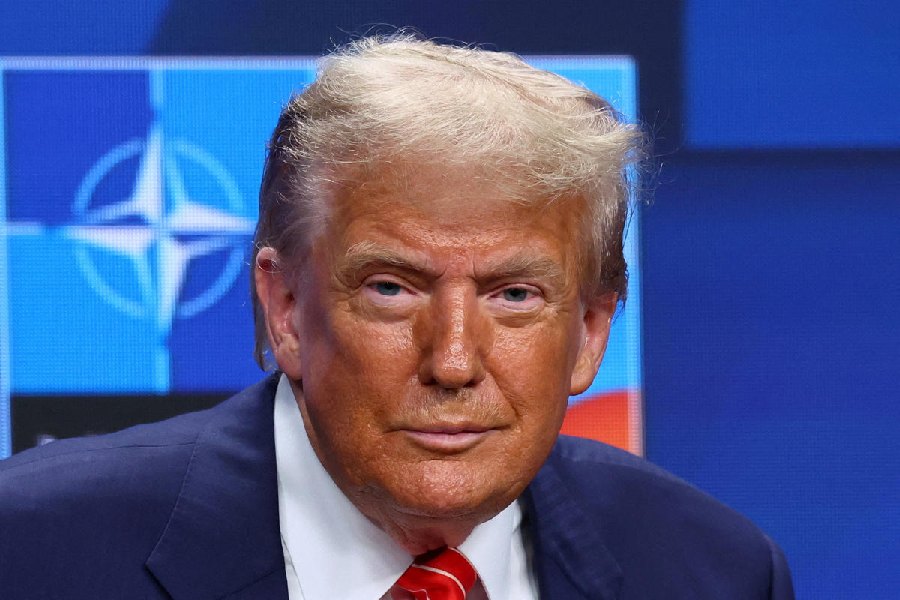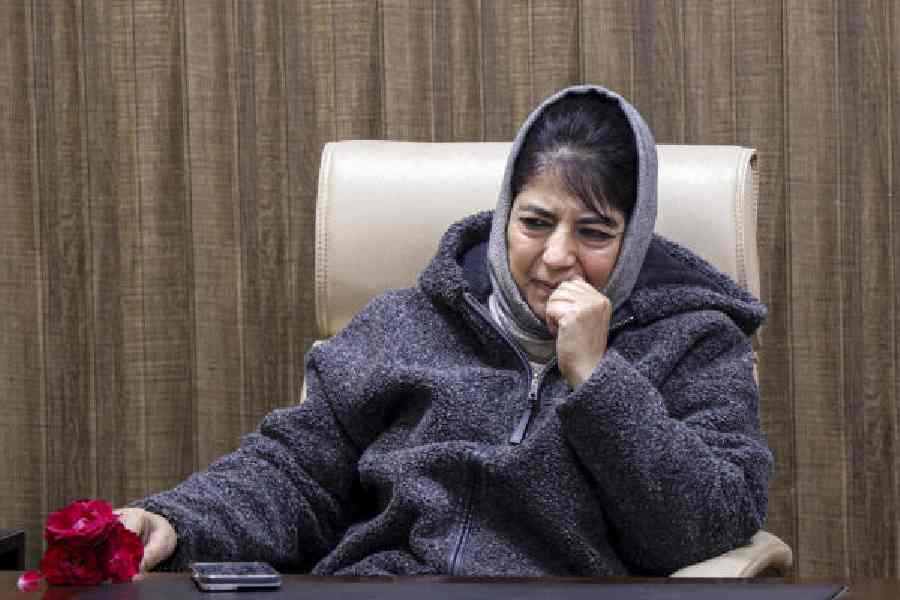U.S. President Donald Trump announced on Wednesday a new 50% tariff on copper to start on August 1 in a bid to promote domestic development of an industry critical to defense, electronics and automobiles.
The move marks the latest in a string of sectoral tariffs Trump has placed on industries such as steel and aluminum that economists warn will drive up costs for American consumers.
Trump signaled on Tuesday that he was imposing fresh tariffs on copper, sending U.S. Comex copper futures to record highs.
The White House ordered a Section 232 investigation into copper imports in February, using a law that gives the president authority to impose higher tariffs based on national security grounds.
Trump said on Wednesday that he received a "robust" national security assessment that concluded tariffs were necessary to protect U.S. production of a commodity that is critical across an array of industries.
"Copper is necessary for Semiconductors, Aircraft, Ships, Ammunition, Data Centers, Lithium-ion Batteries, Radar Systems, Missile Defense Systems, and even, Hypersonic Weapons, of which we are building many," Trump said in a post on Truth Social.
The U.S. depends on imports for nearly half of its refined copper needs, and brought in 810,000 metric tons in 2024, according to the U.S. Geological Survey.
Countries set to be most affected by the tariff are Chile, Canada and Mexico, which were the top suppliers to the U.S. of refined copper, copper alloys and copper products in 2024, according to U.S. Census Bureau data.
Chile, Canada and Peru have told the administration that imports from their countries do not threaten U.S. interests and should not face tariffs. All three have free trade deals with the U.S.
The steep tariff is designed to encourage production in the U.S. More than two-thirds of the country's copper is mined in Arizona, where the development of a massive new mine planned by Rio Tinto and BHP has been stalled for more than a decade.











